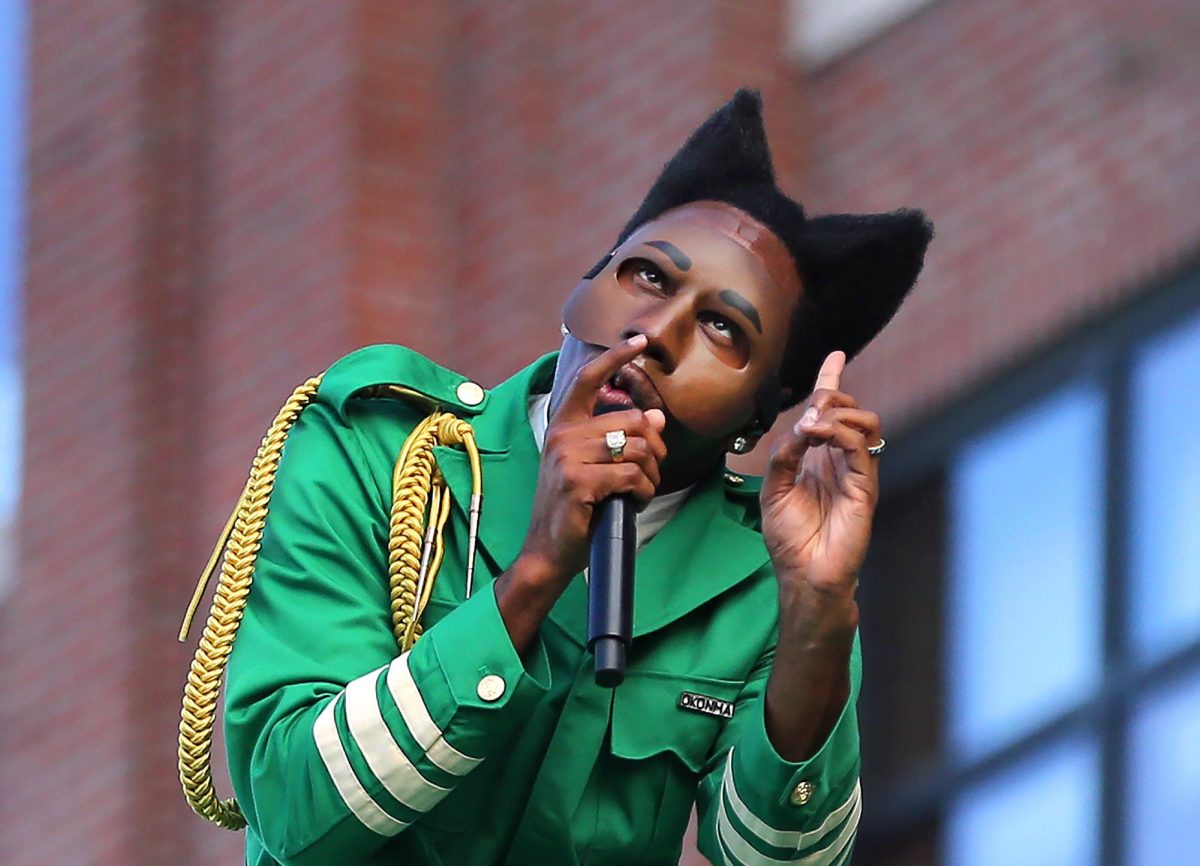Film audiences connect with superheroes on the screen
September 3, 2012
Hollywood has taken full advantage of the superhero trend. Decking out actors in tight suits and…
Bruce Wayne takes a selfless identity as Batman in “The Dark Knight Rises”
Hollywood has taken full advantage of the superhero trend. Decking out actors in tight suits and armor, the cinematic industry has worked to develop a strong following when it comes to superheroes.
This summer alone, movies such as “The Avengers,” “The Amazing Spider-Man” and “The Dark Knight Rises” have burst onto the screen as box office toppers. Next year, viewers can look forward to “Iron Man 3,” “The Wolverine” and “Man of Steel,” which is based on Superman. Moviegoers fall in love with the tortured heroes who save the world by putting their lives on the line to battle evil forces.
Although each film has its own superhero mold to work with, every plot employs the idea that average human beings can become super and then have a responsibility to the rest of the world.
In “The Avengers,” each superhero takes on an alter ego that allows the group to work together to save the world. Average men and women turn into exceptional beings with the help of various agents such as a mechanically engineered suit, a government test operation from World War II or another physically transforming substance. Together, they work as a marvelous team to ward off evil villains, turning a basic desire to do good into something based entirely in the world of fantasy.
“The Amazing Spider-Man” takes another route. Peter Parker seems like a completely average teenager at the beginning of the film. Despite his exceptionally high IQ, Parker doesn’t offer much to society until he’s bitten by a radioactive spider, which turns him into a masked self-proclaimed hero. Living with a sense of obligation to combat evil, Spider-Man takes on the role of a reluctant, cocky teenager in a suit, making his character’s duty to responsibility noble to audiences.
Possibly this summer’s most anticipated release was the final installment of Christopher Nolan’s “Dark Knight” trilogy. “The Dark Knight Rises” swarmed the nation with an impressive ending to the popular film series, resurrecting Bruce Wayne as Gotham’s dark knight and hero. Unlike characters in the other two films, “The Dark Knight Rises” employs real-world characters who develop identities in an attempt to do something great. Wayne uses his economic means to develop an alter ego that saves the almost-perished city.
These films, all of which earned good ratings, seem to evoke a reaction from viewers. Movie-goers constantly want to see superhero films, even though many of the stories have been produced previously. Society constantly relives the superhero genre in an attempt to feel super itself. Through the on-screen characters, audiences develop a sense of inspiration because of the exciting plots.
Viewers enjoy watching films with high energy, explosions and dramatic scenes that keep them on edge but still leave them with a happy ending. Superhero films provide audiences with all three characteristics, making them the perfect combination to excite an audience.
People enjoy thinking that they share something in common with these heroes. Audiences connect to Wayne’s selfless actions, Parker’s commitment to responsibility and the Avengers’ struggles to gain one another’s trust and work as a cohesive team. Every hero has a certain characteristic that connects to the real world but still sets him or her apart.
Superhero films take the best of human qualities and expand them into something large enough for the big screen. And although viewers will probably never have to worry about a radioactive spider bite or have to battle off villains in an attempt to save their city, the prospect of exceptional things happening to regular people makes these films intriguing to the public.



